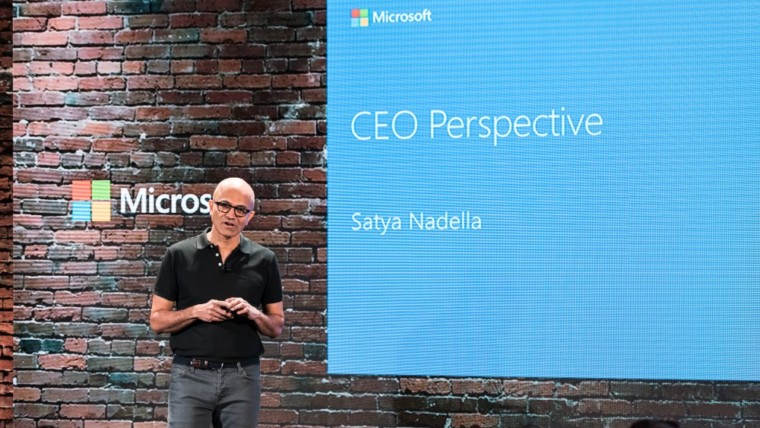Many companies claim “Transparency” as a value, but few live it like GitLab. The platform’s unique CEO Shadow program gives current and future leaders exposure to every aspect of the company, while demonstrating to investors and customers how committed they are to their values. It’s also an opportunity for “Shadows” to connect, which increases collaboration—another core value.
The CEO Shadow Experience
Gitlab’s shadow program isn’t an evaluation or performance review—it’s an invitation to experience the CEO’s day-to-day activities. And unlike most shadow programs, which are either a few days or a year, GitLab’s runs on a two-week basis. It’s more work, but GitLab believes it’s worth it, because it gives more people exposure to the CEO.
To be eligible, applicants must have been with GitLab for at least a month, and typically are at the manager or director level. The company makes a serious effort to encourage diversity and inclusion, though—another core value—and individual contributors with “considerations” such as winning a Value Award, last-minute availability, or being a member of an under-represented group, are also welcome to apply. In addition, rotations with a more flexible schedule are designated as “parent friendly.”
Once accepted, candidates are encouraged to do their homework, which includes scheduling coffee chats with alumni to learn about the experience, and reviewing the CEO calendar and handbook. They’re also responsible for covering their day-to-day work with their team when they’re shadowing, as the CEO’s schedule is so busy, they won’t have time for their regular work.
While GitLab’s team is fully remote, during their tenure, the shadow travels to “Mission Control” in San Francisco, and their expenses, including travel, lodging, and childcare, are fully reimbursed. (During COVID, rotations have switched to remote as well.) Their first week as shadow, they learn from the prior shadow. Then in the second week, they train their replacement. Regardless of whether they’re teacher or trainee, their responsibilities can include:
- Attending internal meetings (such as 1:1s, candidate interviews, and conversations with board members) as well as optional “Valley Meetings.” Shadows introduce themselves, take notes, and provide a five-minute notice to keep the CEO running on time.
- Taking on short-term tasks. While the short duration limits the type of tasks shadows can do, they do address urgent issues, compile reports, update the handbook, and document their experiences in the shadow program. And it is well-documented—their guide includes everything from how to access the printer to best practices for petting the office cat.
- Building relationships with the CEO and providing feedback. In fact, the CEO has actually listed personal flaws in the handbook so that it’s easier for shadows to provide feedback. For instance, he tends to jump to conclusions, and encourages shadows to ask for more time to discuss a topic.
Shadowing Benefits Senior Executives and the CEO
Both shadows and the CEO, Sid Sijbrandij, speak highly of the program. Shadows noted that company values are discussed in practically every meeting, and that the program made them appreciate how unique GitLab’s culture of transparency is. Sijbrandij, meanwhile, enjoys seeing his team learn, and he gets immediate feedback, allowing him to make rapid changes to the company.








The Evolutionary Edge
Every Link Ever from Our Newsletter
Why Self-Organizing is So Hard
Welcome to the Era of the Empowered Employee
The Power of “What If?” and “Why Not?”
An Adaptive Approach to the Strategic Planning Process
Why Culture/Market Fit Is More Important than Product/Market Fit
Group Decision Making Model: How to Make Better Decisions as a Team